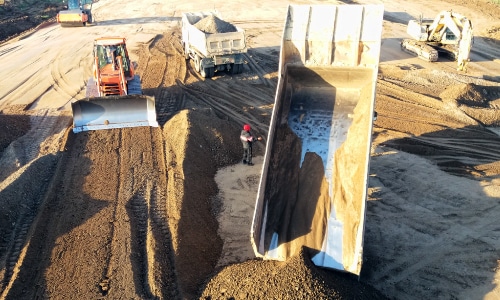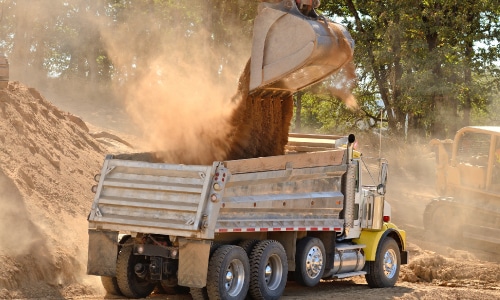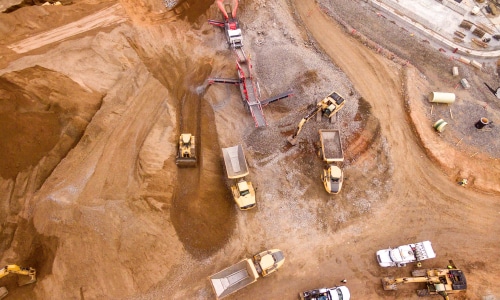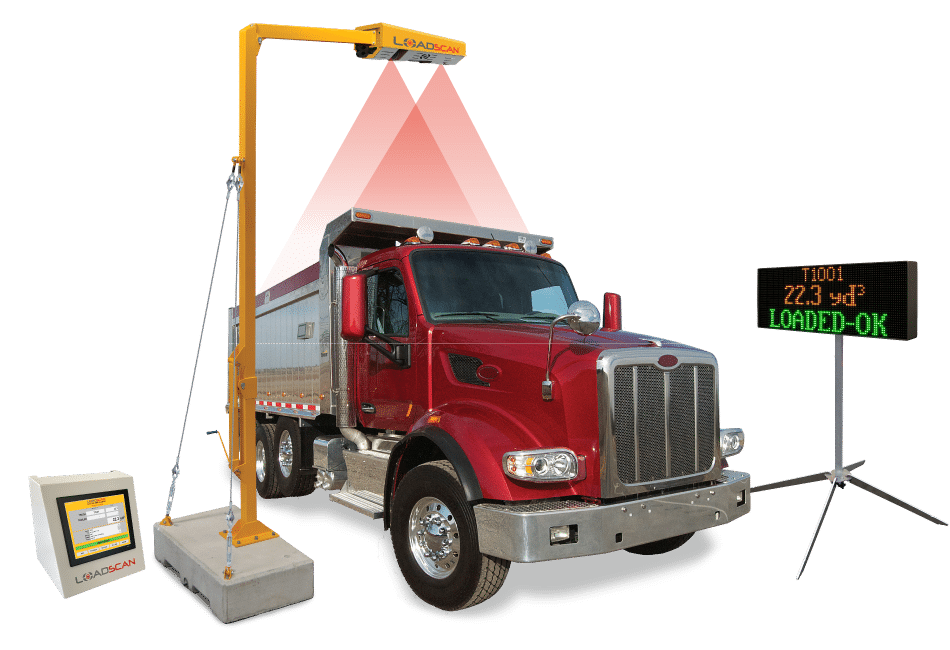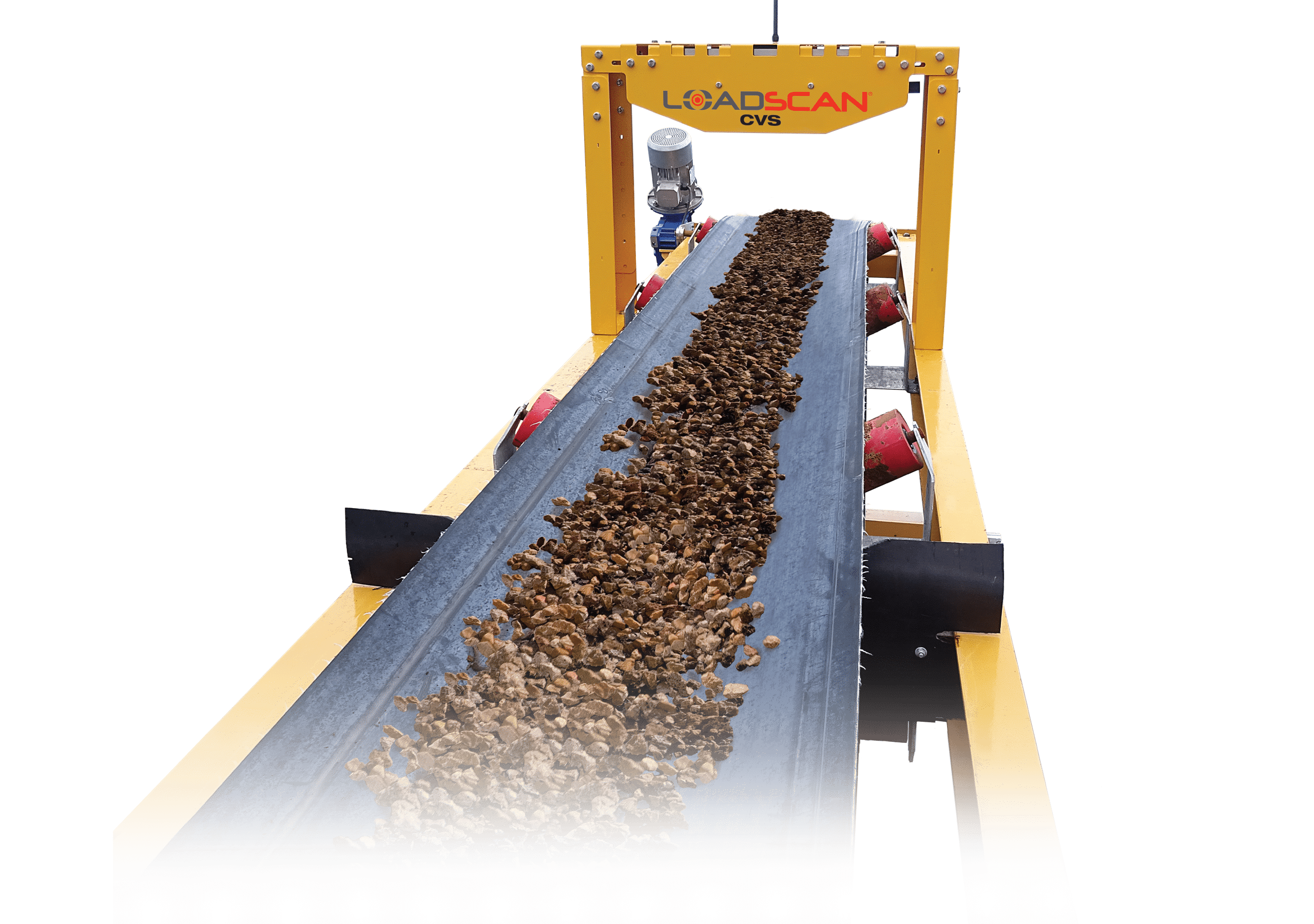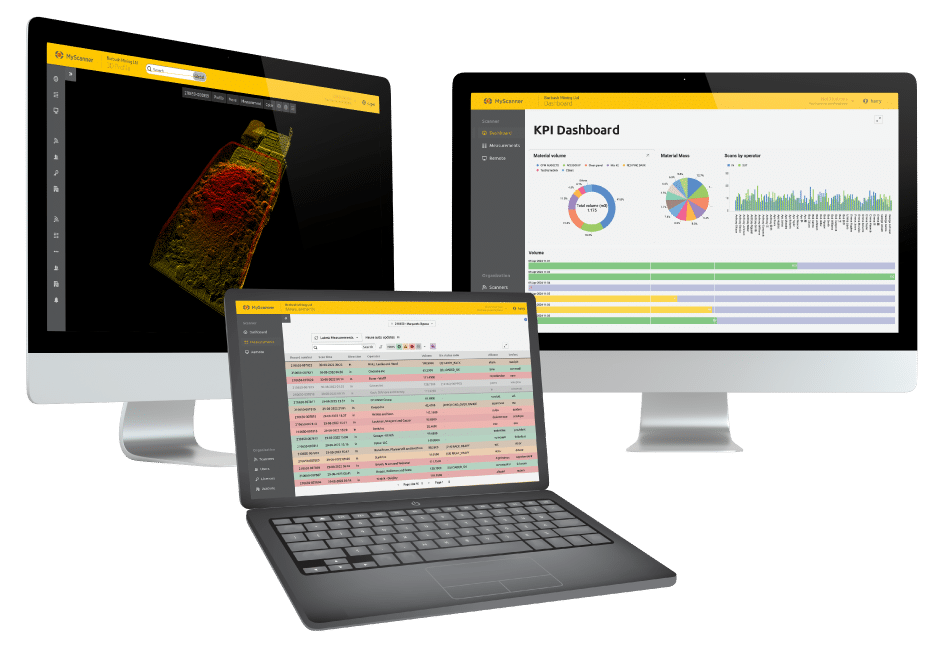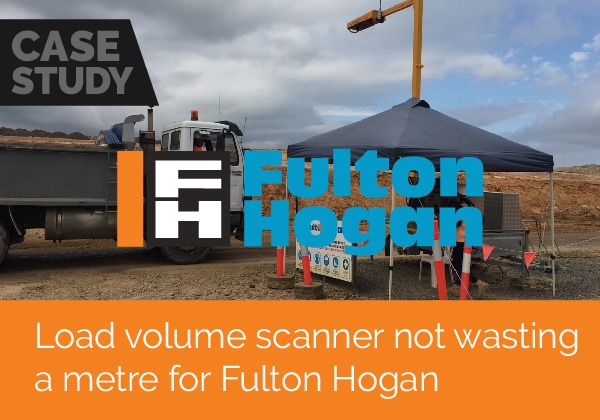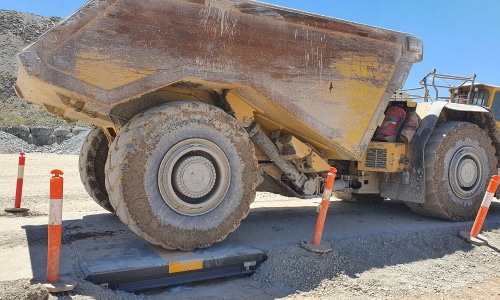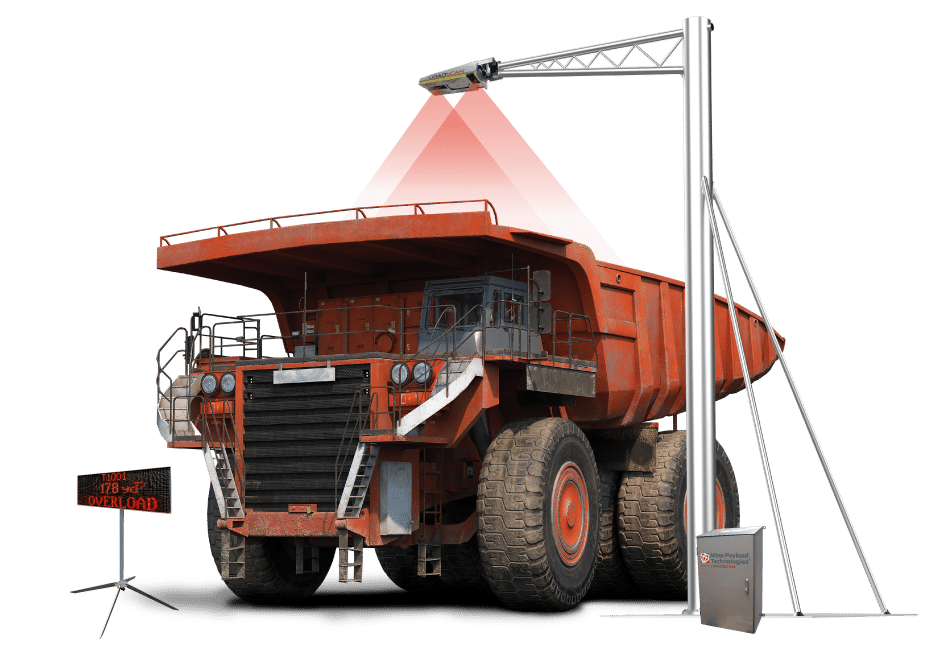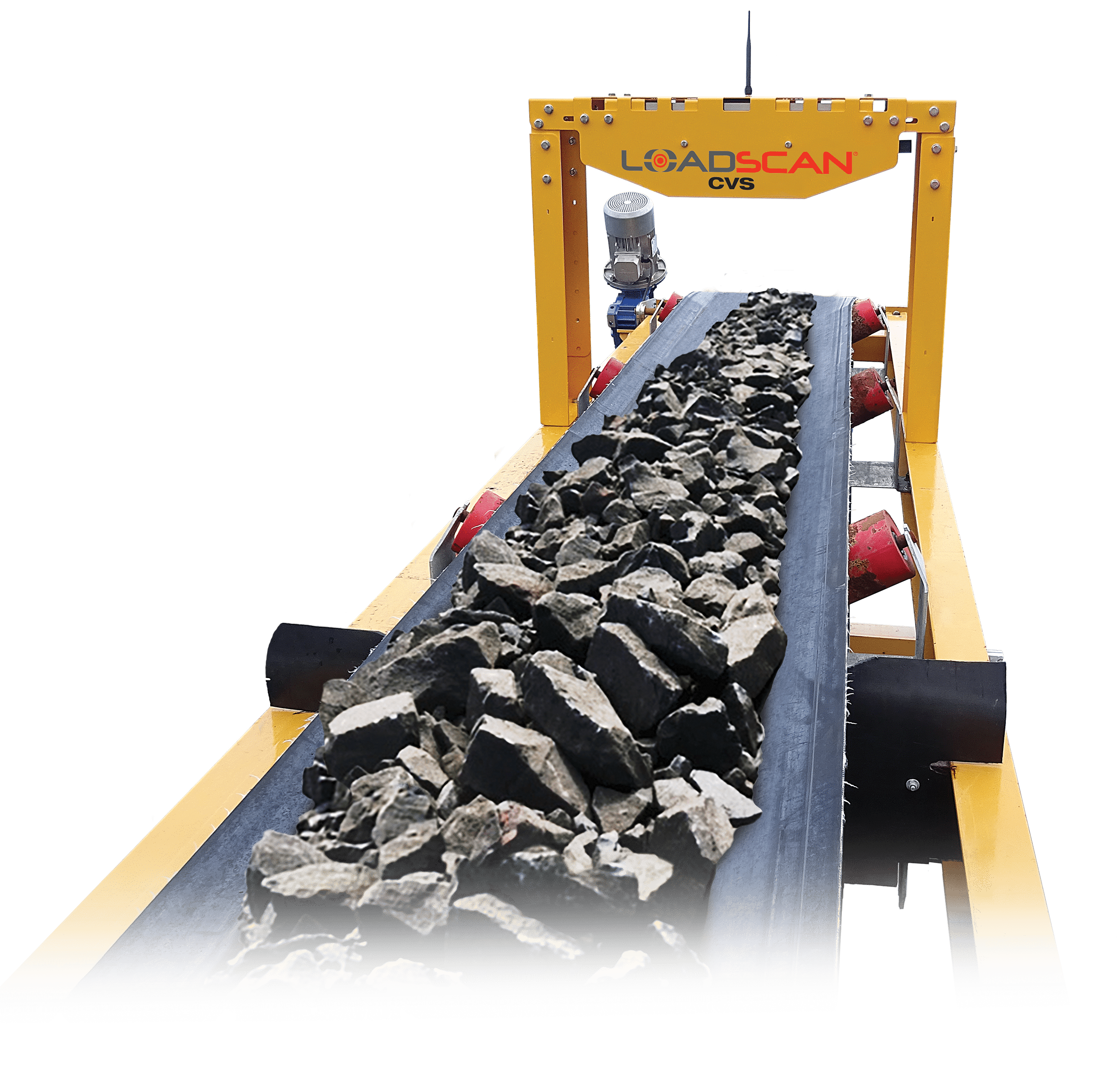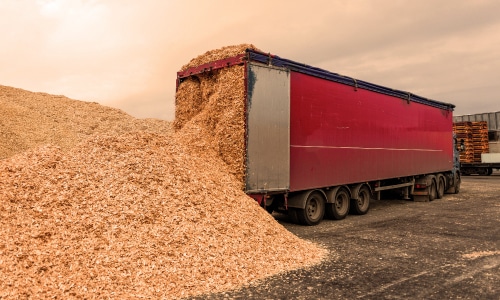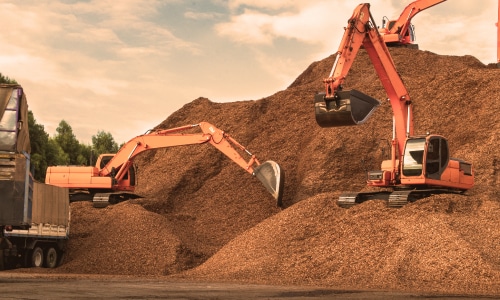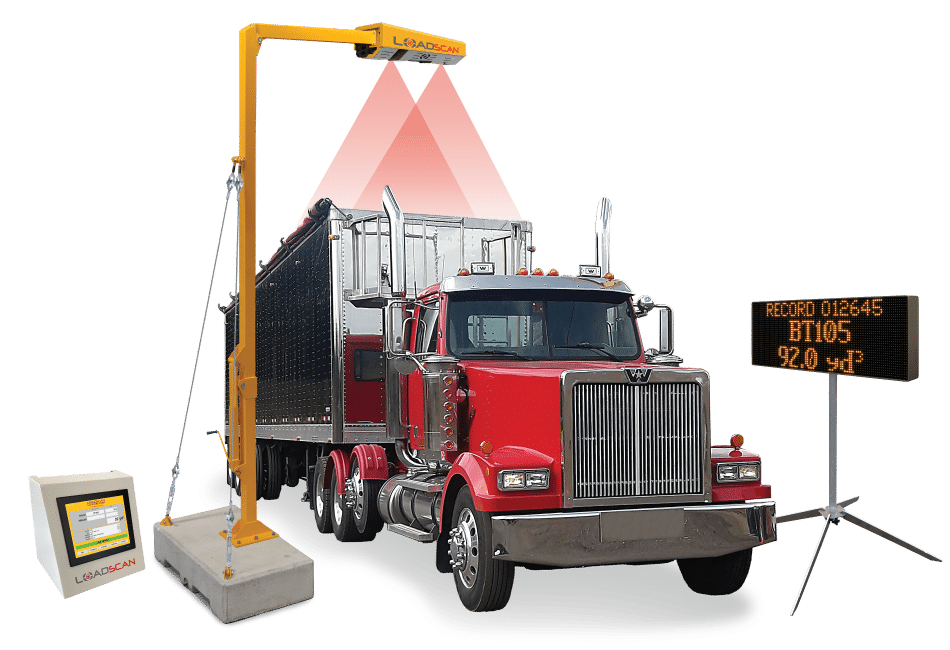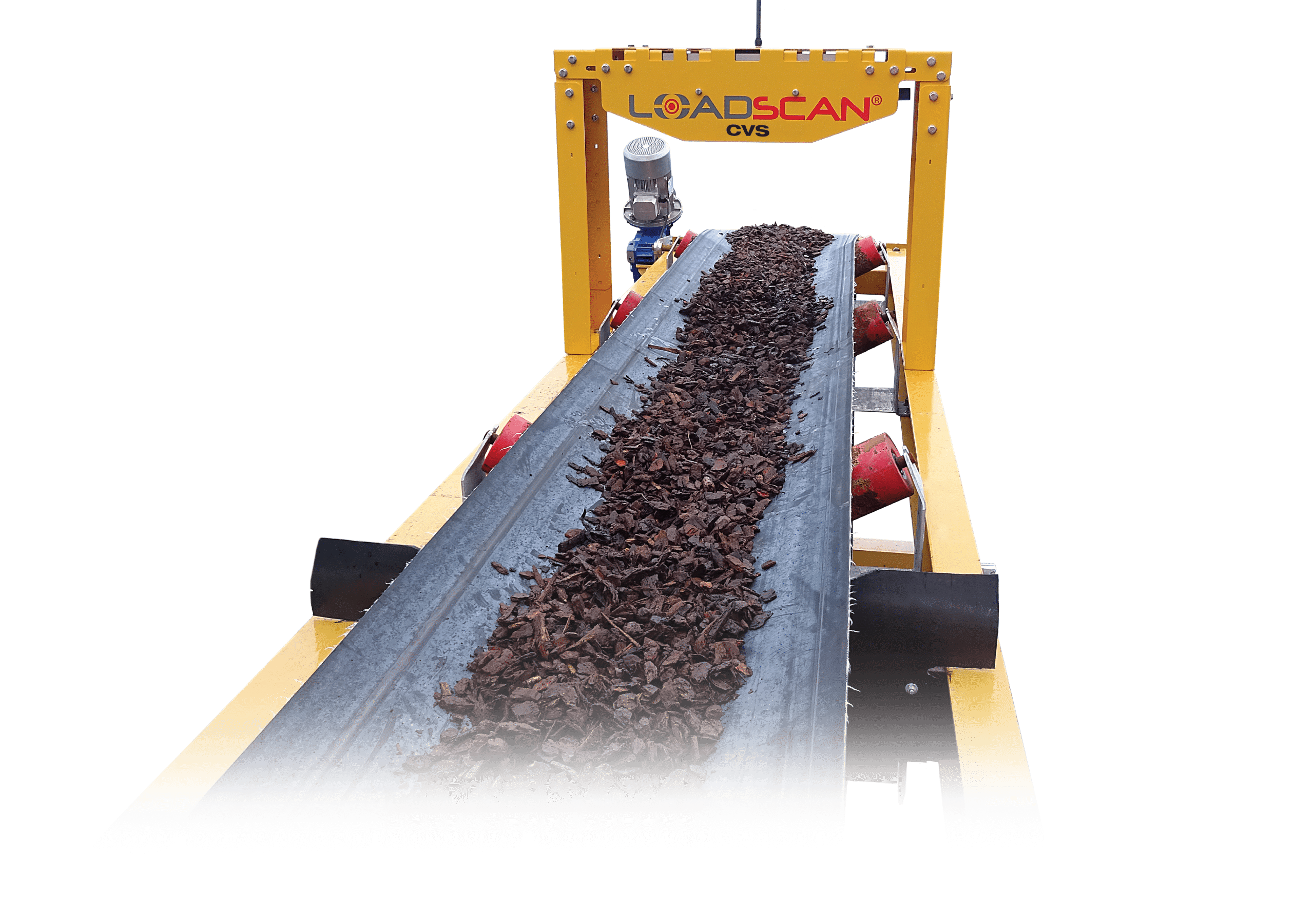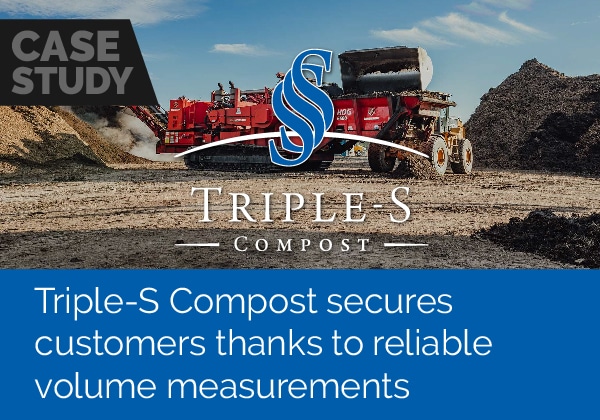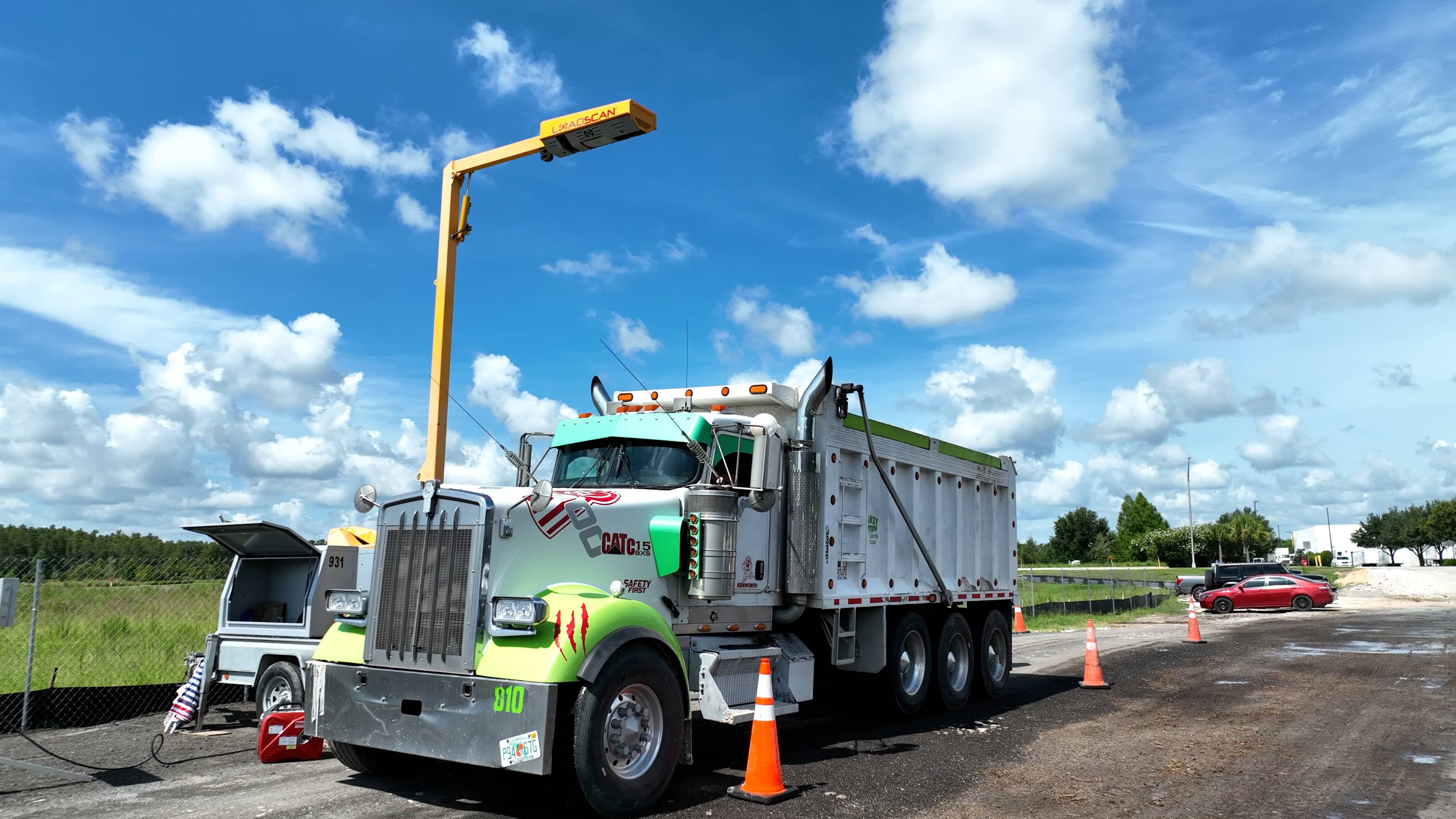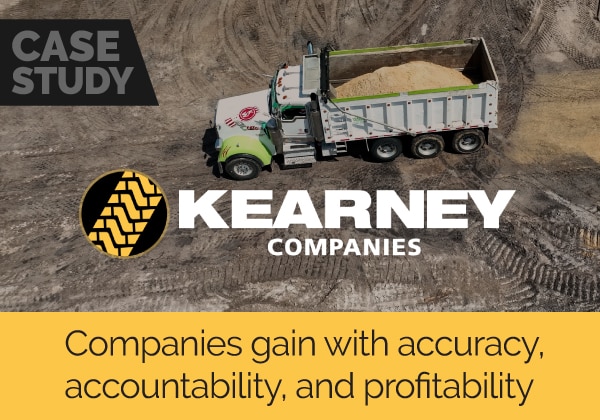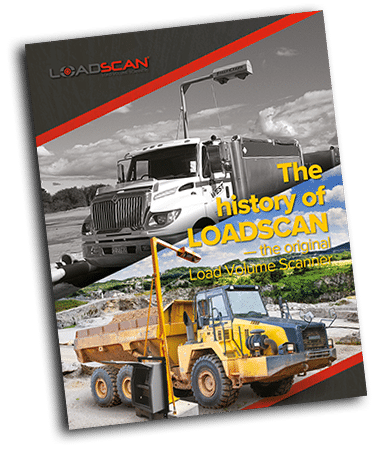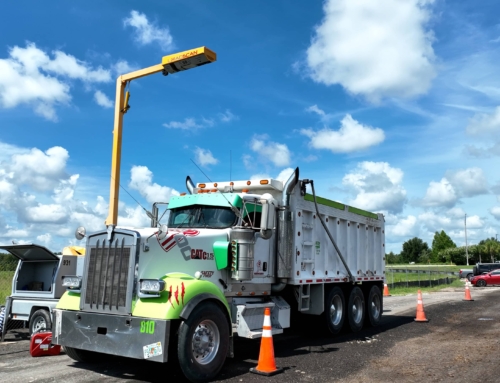How volume scanning reshapes customer relationships For many civil and earthmoving operations, tracking material [...]
Part two – real results from a Brisbane based construction company.
Missed part one? Read it here.
This report demonstrates how using the Loadscan system delivers commercial benefits and helps monitor improvements in loading consistency, productivity, and compliance with truck mass limits.
Density
Using the Loadscan volume scanner alongside gross weights from a public weighbridge, we calculated the loose material density for each specific material type. The table below presents the density values for the three materials measured onsite.
Material 1
Material 2
Material 3
Overloading
By applying the density factor to the measured volume, operators can calculate the payload in tonnes for each load. Using this method, we analysed the truck units weighed at the public weighbridge. The initial results revealed that all trucks exceeded their maximum load limits across the sampled materials.
Truck and trailer
Semi-trailer
Target volume
Managing target volume helps keep trucks within mass load limits and ensures road compliance. By calculating tonnes for each load, operators can manage the maximum mass limits for each truck configuration. Using an accurate material density value reduces the risk of overloading while staying compliant with DTMR regulations.
For example, operators can calculate target volumes based on known material densities and the truck’s maximum allowable mass. This approach allows teams to plan loads more effectively, avoid fines, and optimise productivity.
Summary
Loadscan’s load volume scanning system provides a more accurate measurement of material movements compared to traditional methods. As a result, companies can reduce export carting costs and increase profit. Instead of billing based on assumed volumes, carting companies can now charge for m³ measured.
Significant improvements in loading consistency and productivity have been observed. Data shows that semi-trailers are less productive compared to truck and trailer combinations. By combining volume data with weighbridge results, operators can calculate loose material density for specific materials. Applying these density values allows accurate tonnes calculation for each load.
Loading to a target volume ensures trucks remain within their mass load limits. This practice improves compliance with road regulations and reduces the risk of fines for overloading. Additionally, using Loadscan supports adherence to the chain of responsibility, helping operators manage accountability effectively.

